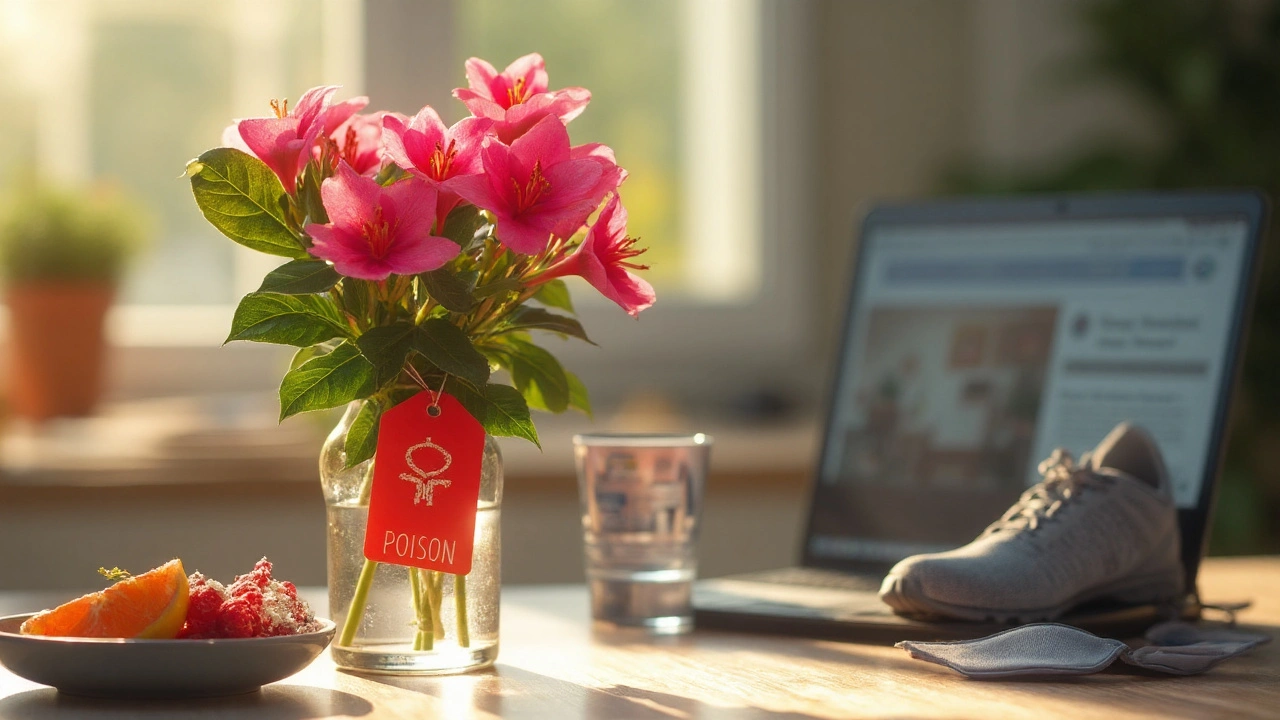
Oleander for Immunity? Toxic Risks, Evidence, and Safer Alternatives (2025 Guide)
Heard oleander boosts immunity? It doesn’t. It’s poisonous. Here’s the science, safety warnings, New Zealand context, and proven alternatives that actually help.
Oleander is a pretty plant that many people grow for its pink flowers. The problem? Every part of the plant is loaded with poison. Even a tiny bite or a sip of water that touched the leaves can make you sick. If you’ve ever seen oleander in a yard or a garden, you now know why it’s best to keep kids and pets away.
The poison in oleander messes with your heart and your stomach. Early signs show up fast—nausea, vomiting, and stomach cramps often come first. Within an hour you might feel dizzy, have a fast or irregular heartbeat, or notice chest pain. Some people get a burning feeling in their mouth or throat right after they touch the plant. In severe cases the heart can slow down or stop, which is a medical emergency.
Watch for skin reactions too. If you handled the plant without gloves, you might get itching, redness, or a rash. These skin signs usually appear a few hours after contact. The key is to act quickly; the sooner you get help, the better the chances of a full recovery.
If you think someone ate or touched oleander, call emergency services right away. While you’re waiting, try to keep the person calm and still—moving around can speed up the toxin’s spread.
Do not make the person vomit unless a medical professional tells you to. Giving them water or milk can dilute the poison a little, but only give small sips and only if they are fully awake and able to swallow.
For skin contact, rinse the area with plenty of soap and water for at least 15 minutes. Remove any contaminated clothing. If the eyes get splashed, flush them with clean water for the same amount of time.
When help arrives, tell the responders that oleander was involved. The doctors may give activated charcoal to soak up the poison, or they might use specific heart medicines to keep the rhythm steady. Monitoring in a hospital is usually needed because the toxins can act up hours after the first signs.
Prevention is the easiest cure. Plant oleander far from play areas and never let children or pets roam where it grows. If you must trim the plant, wear gloves, long sleeves, and eye protection. After you finish, wash your hands and any tools you used.
Knowing the signs and acting fast can turn a scary situation into a manageable one. Keep this guide handy and share it with anyone who gardens or has a yard. Oleander looks nice, but it’s not worth the risk.

Heard oleander boosts immunity? It doesn’t. It’s poisonous. Here’s the science, safety warnings, New Zealand context, and proven alternatives that actually help.